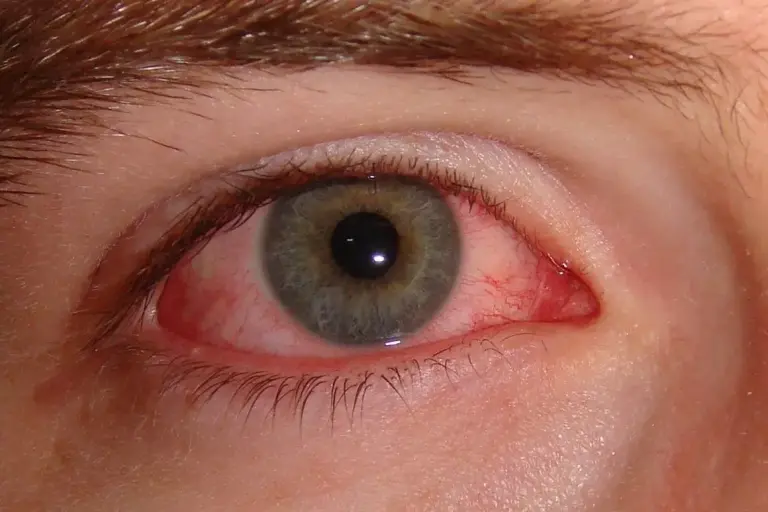PANAMA CITY, Panama – The San Miguelito Health Region has recorded more than 500 cases of conjunctivitis so far in 2025, a significant increase compared to previous years. Health officials confirmed the surge on Monday, attributing the spike to a potential lapse in basic biosecurity measures among the population, primarily frequent hand washing.
Medical personnel across the region’s health centers are treating a steady stream of patients presenting with the highly contagious eye infection. The current caseload has raised concerns among public health experts who are now emphasizing preventative strategies to curb further transmission.
Medical Experts Urge Preventative Measures
Dr. Alexander Bare, Medical Director of the Torrijos Carter Health Center, identified simple hygiene as the most effective defense against the outbreak. He directly linked the recent surge to a relaxation of preventative habits.
“We can prevent it in several ways. First of all, hand washing. We recently celebrated Hand Washing Day, just last Friday,” said Dr. Bare [Translated from Spanish].
Dr. Bare elaborated on proper technique, stating that hand washing should last at least 20 seconds. He also advised the public to avoid touching their faces or rubbing their eyes when symptoms appear. Furthermore, he warned against sharing towels or touching potentially contaminated surfaces in high-traffic areas like hospitals, buses, and schools.
Understanding Conjunctivitis and Its Symptoms
Conjunctivitis is an inflammation or infection of the conjunctiva, the thin membrane that lines the white part of the eye and the inside of the eyelids. It is a common condition affecting people of all ages and is known for its high contagion rate.
According to Minsa family physician Dr. Jorge Jesús Rodríguez, there are three main types of conjunctivitis, each with distinct characteristics. Viral conjunctivitis generally affects both eyes. Bacterial conjunctivitis typically presents in one eye and can produce yellowish or greenish discharge, dryness, and crusting. Allergic conjunctivitis is related to environmental irritants like dust or pollen.
The most frequent symptoms include eye redness, itching or burning, excessive tearing, a gritty sensation, discharge, and sensitivity to light. In more severe cases, especially in children, a visit to the emergency room is warranted.
“If the child has a high fever, is very irritable, complains of a lot of pain, they should be evaluated by an ophthalmologist,” indicated Dr. Bare [Translated from Spanish].
He also noted that conjunctivitis remains one of the most frequent reasons for visits at the primary care level and in ophthalmology departments.
Public Health Recommendations to Prevent Spread
Health specialists have issued a list of critical recommendations to help the public avoid infection and prevent the further spread of the outbreak. The guidelines focus on personal hygiene and avoiding contact with contaminated items.
The public is advised to wash hands frequently with soap and water and to avoid touching their eyes with unwashed hands. Individuals should not share personal items such as towels, washcloths, or pillows. Those experiencing symptoms should refrain from using or sharing eye makeup.
Regular cleaning and disinfection of eyeglasses is also recommended. Health officials urge people to avoid direct contact with individuals known to be infected. Contact lens wearers should discontinue use while experiencing an eye infection. Reducing exposure to irritants like smoke, dust, chemicals, and chlorine can also help manage symptoms and prevent complications.
Experts warn that severe or improperly treated conjunctivitis can lead to serious complications, including corneal ulcers, which may cause scarring or a permanent decrease in visual acuity. Therefore, at the first sign of symptoms, individuals are strongly encouraged to seek medical attention for a proper diagnosis and appropriate treatment.
The San Miguelito Health Region continues to monitor the situation closely. For more information on public health advisories, visit the Panamanian Ministry of Health website.



